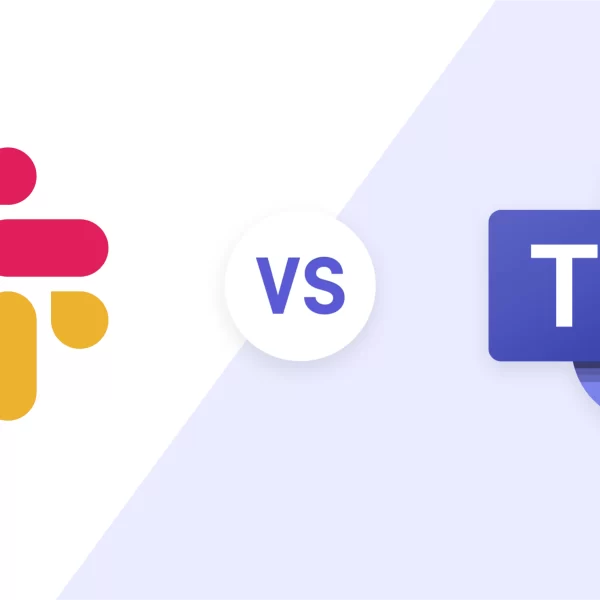Database security is a very important part of the data infrastructure. It’s also one of the most misunderstood and under-tested areas of IT security. If your organization is using databases, then you need to understand how they work and what you can do to protect them. In this guide, we’ll show you how to test for common security vulnerabilities in popular databases like MySQL and Oracle so that your organization can improve its overall database security posture.
Scope of Database Security Testing
Database security testing is a process of identifying and evaluating the security posture of a database. It’s an important step in the overall database security lifecycle, as it ensures that your database is secure by testing for vulnerabilities and determining how to fix them.
If you’re looking for penetration test services to enhance the security of your database and overall systems, consider exploring DataArt penetration test services. Their expertise in penetration testing can help identify and address potential vulnerabilities, ensuring a robust security environment.
Authentication and Authorization Testing
Authentication is the process of verifying a user’s identity. Authorization is the process of determining what privileges a particular user has on a system, or what they can access. Authentication and authorization testing are performed to ensure that the systems you build have proper security controls in place so that only authorized users can access sensitive data while keeping out intruders who shouldn’t be there.
Some common vulnerabilities found during authentication/authorization testing include:
- Weak passwords – A weak password could be one that is easily guessable (e.g., “12345”) or contains personal information about the user (e.g., “myname1234”).
- Insufficient password complexity requirements – Passwords should contain both upper-case letters, lower-case letters, numbers, and special characters (e.g., !@$%^&*) to increase the difficulty for hackers trying to guess them.
- Password reuse across multiple accounts – This practice makes it easier for hackers since they only need one piece of information from any given account in order to gain access to other accounts owned by that person as well.
Data Encryption Assessment
Data encryption is the process of transforming information into a form that cannot be understood by anyone who does not have access to a secret key, which is known only to authorized parties (i.e., those who are authorized to decrypt the data).
Data encryption is important because it protects sensitive data from being accessed by unauthorized users. If you encrypt your sensitive data, then even if someone gets access to your database server and views your unencrypted files, they won’t be able to understand them unless they also have access to your private key(s).
There are two main types of encryption: symmetric-key cryptography and public-key cryptography. In both cases, there are two different keys: one used for encryption (or decryption) called an encryption key or private key, and another used only for decryption called an authentication code or public key respectively
SQL Injection Testing
SQL injection is a type of attack that exploits a security vulnerability occurring in the database layer of an application. It is used to bypass access controls, send unauthorized commands to the database, and dump the database contents.
SQL Injection occurs when an attacker passes malicious SQL statements through input fields on a website or web application. When this happens, it can allow attackers to gain unauthorized access to data in your database and potentially cause other serious issues for you.
Incident Response Planning for Database Breaches
An incident response plan should be developed in advance and tested. The plan should also be communicated to all stakeholders, including board members, so they understand what actions will be taken if there is a breach of data security or confidentiality.
This means that you need to develop a strategy for what happens when a breach occurs: who will communicate with customers? How will you communicate with them? What channels can be used? How much detail do we want them to know about the incident itself (and why)? You’ll also want to consider how long before making public statements about the incident, will be an embargo period where no one knows about it except those directly involved. Finally, make sure everyone knows who owns responsibility for each step along this path, don’t leave anyone out.
Learn how to do database security testing
- Database security testing is an essential part of any database administrator’s or software developer’s job. It’s an important way to find vulnerabilities in your database, and it can help you understand the risks of a data breach.
- Database security testing should be done regularly so that you know what kind of vulnerabilities exist in your system, as well as how they might be exploited by hackers or other malicious actors. For example, if someone gains unauthorized access to a user account on your website but doesn’t actually do anything with it (e.g., change their password), then this would not be considered an attack on your site, but if they do make changes then it becomes an attack because now there are consequences for users who rely on those services being available when needed most.
If you’re interested in enhancing your database security and exploring advanced solutions, consider looking into intelligent document processing. Intelligent document processing can streamline your document-related tasks and improve efficiency, contributing to a more secure and optimized database environment.
Conclusion
We hope this blog post has given you a better understanding of the different types of database security testing and how they can help you protect your data. While there are many tools and resources available to help you with these efforts, it’s important that you understand the limitations of each one before deciding which one is right for your organization.













